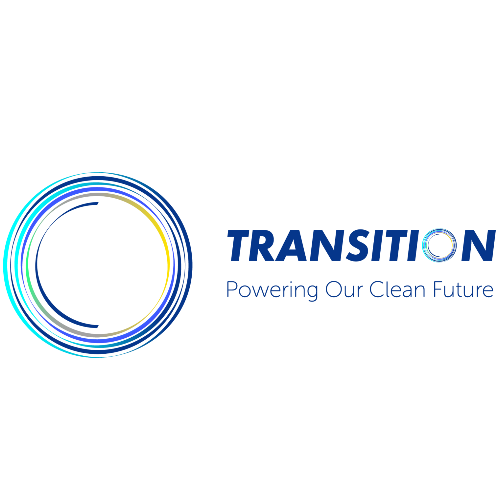Carbon dioxide emissions are one of the primary drivers of climate warming. Once released into the atmosphere carbon dioxide can remain there for up to 1000 years, all while more and more CO2 is being added. If we hope to tackle climate change we need to reduce the amount of CO2 that is accumulating in the atmosphere. We can do this by reducing emissions of CO2 (Brown carbon) and soot (Black carbon); but we can also capture and store atmospheric CO2 in terrestrial plants (Green carbon) and in the oceans (Blue carbon). The ocean covers 70% of the Earth's surface and serves as a natural carbon sink for capturing and sequestrating carbon from the atmosphere, yet until now has been largely overlooked.
What is Blue Carbon?
Blue carbon is the term used to describe carbon dioxide that is captured by plants and algae, marine organisms and biochemical process that occur in the world's ocean and coastal ecosystems. This carbon is absorbed by marine plants and animals and converted to biomass in processes such as photosynthesis or shell construction. The carbon is initially stored within the bodies of these organisms but falls to the seabed when they die, where it is stored in the sediments. The ocean is the most effective long-term sequestrator of carbon and has taken up more than 60% of the anthropogenic carbon dioxide emitted over the past 150 years. But in order for this biological carbon pump to function efficiently, the ocean needs to remain healthy.
Blue Carbon Sinks
The most effective blue carbon sinks cover only a tiny percentage of the seabed, yet they are one of the most efficient natural carbon sinks known to man. They include coastal ecosystems such as estuaries, salt marshes, seagrasses and mangroves, which are among the most threatened ecosystems on Earth. These rapidly disappearing ecosystems also provide important ecosystem services, such as protecting coastal communities from coastal surges and flooding, ensuring good water quality, providing food security, and supporting fisheries and tourism that in turn provide coastal communities with livelihoods and jobs. But in order to fulfill these ecosystem services and to be effective as a Blue carbon sink, these ecosystems need to remain healthy and productive systems. It is therefore vital that they are protected and restored.
Blue Carbon Credits
Blue carbon credits work much the same as green carbon credits, but instead of investing in projects that promote carbon sequestration through uptake by terrestrial vegetation (such as forest restoration projects), investment is directed at projects that strive to protect and restore coastal/marine ecosystems that serve as natural blue carbon sinks. Their main goal is to remove carbon dioxide from the atmosphere or prevent stored carbon from being released from the seabed. Efforts to protect or restore these ecosystems are rewarded with carbon credits relative to the amount of carbon dioxide emissions that were avoided or removed from the atmosphere. However, these figures need to be accurately quantified, which currently poses a challenge.
Investing in Blue Carbon Projects
Newly launched climate tech fund, Propeller, which manages an investment fund of $100 million, plans to invest in companies that are developing innovative solutions for the removal of carbon dioxide from the oceans and blue carbon technologies and methodologies for measuring, reporting, and verifying how much carbon is sequestered by a blue carbon project.
Carbon Credit Trading
Like other carbon credits, blue carbon credits can be traded by investors and purchased by carbon emitters to offset their carbon footprint, allowing emitters to indirectly invest in blue carbon projects that take up the carbon they emit, which will ultimately not only benefit these vulnerable coastal ecosystems and the communities they support, but will also help to mitigate against climate change.
Sources
https://oceanfdn.org/sites/default/files/A%20Blue%20Carbon%20Fund%20Flyer-.pdf
https://www.carbonneutralplus.com/blue-carbon-credits-what-are-they/
https://news.nus.edu.sg/nus-at-cop27-unlocking-the-potential-of-blue-carbon-projects/
https://time.com/6213466/carbon-removal-technology-investors-bet-big/










